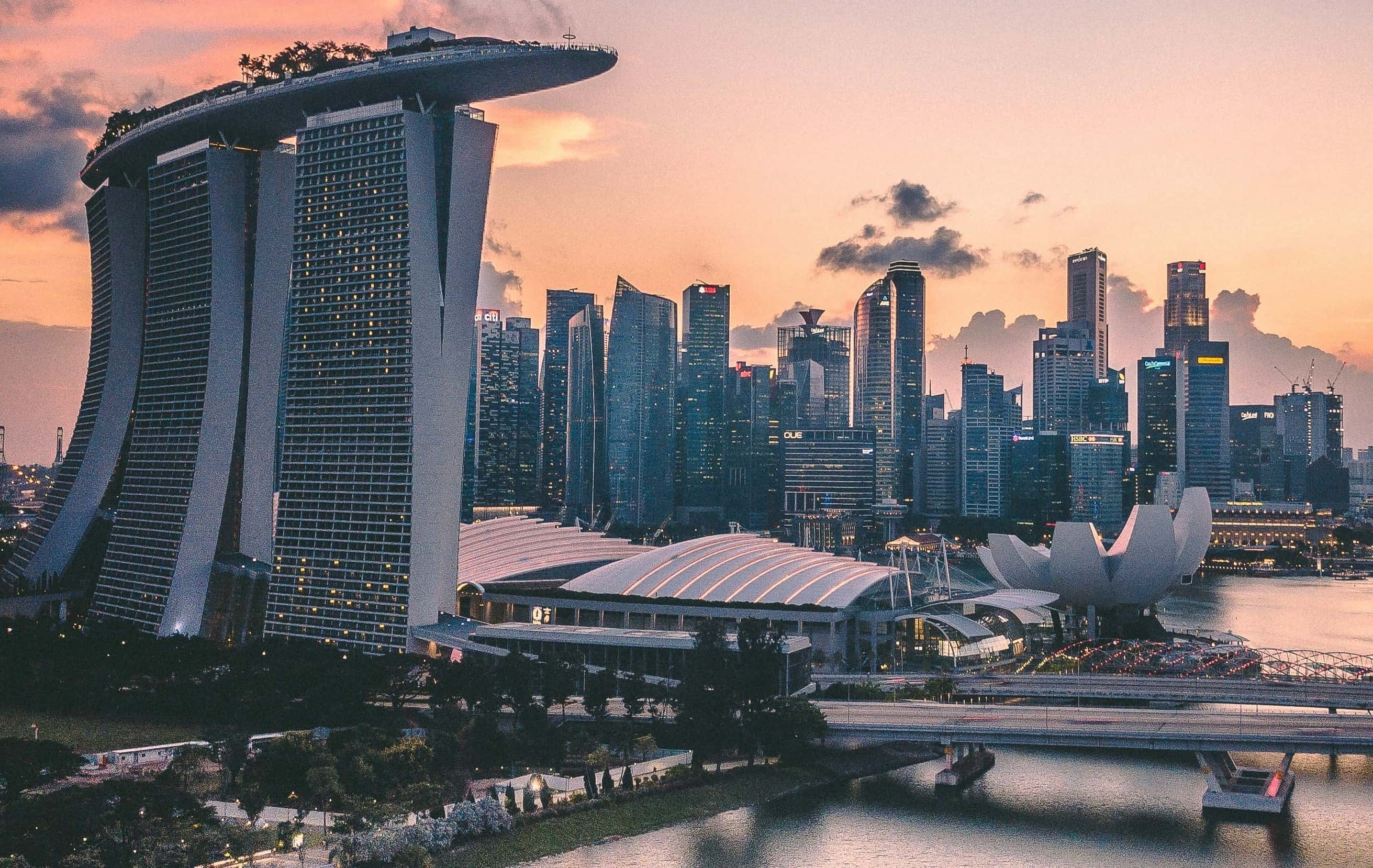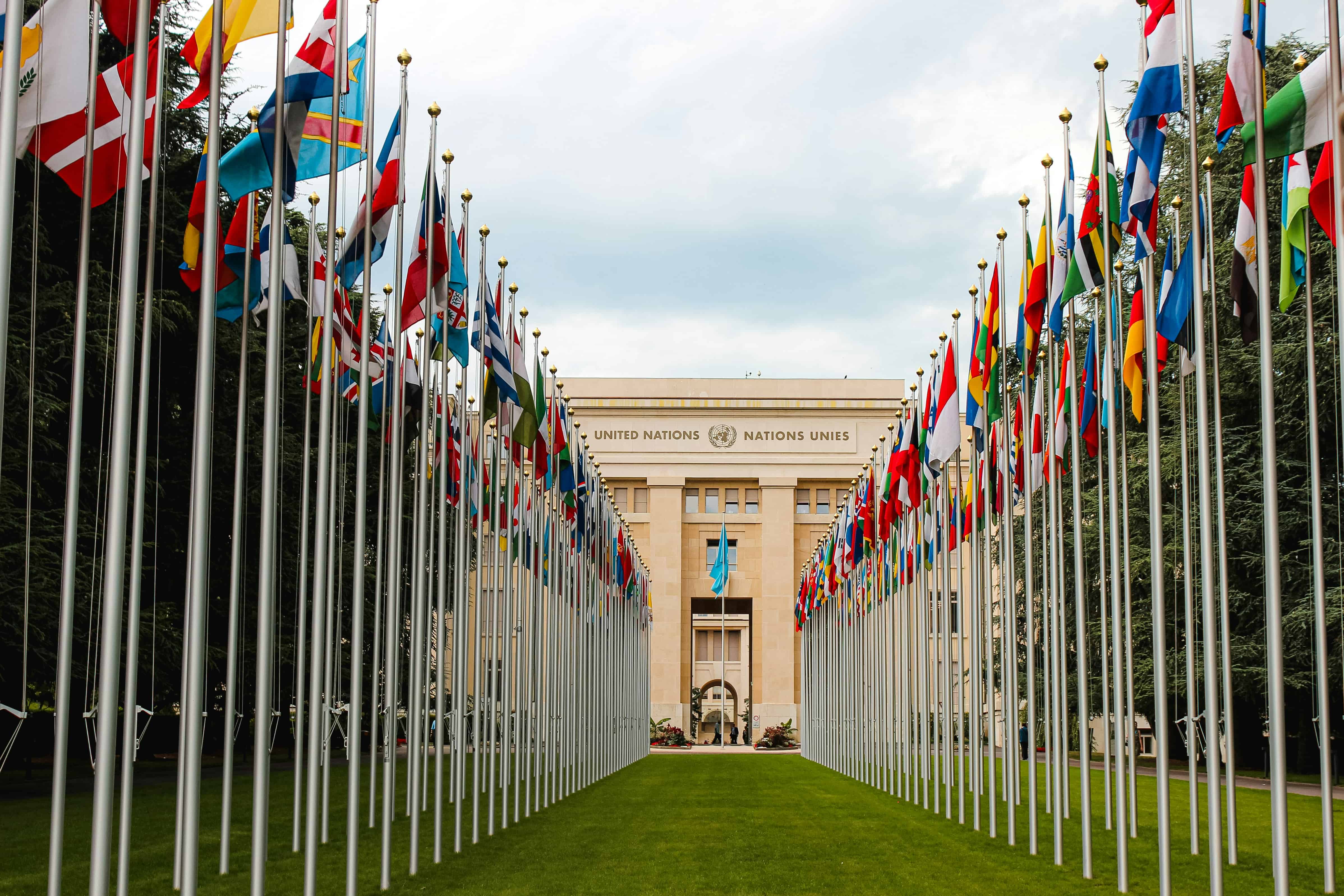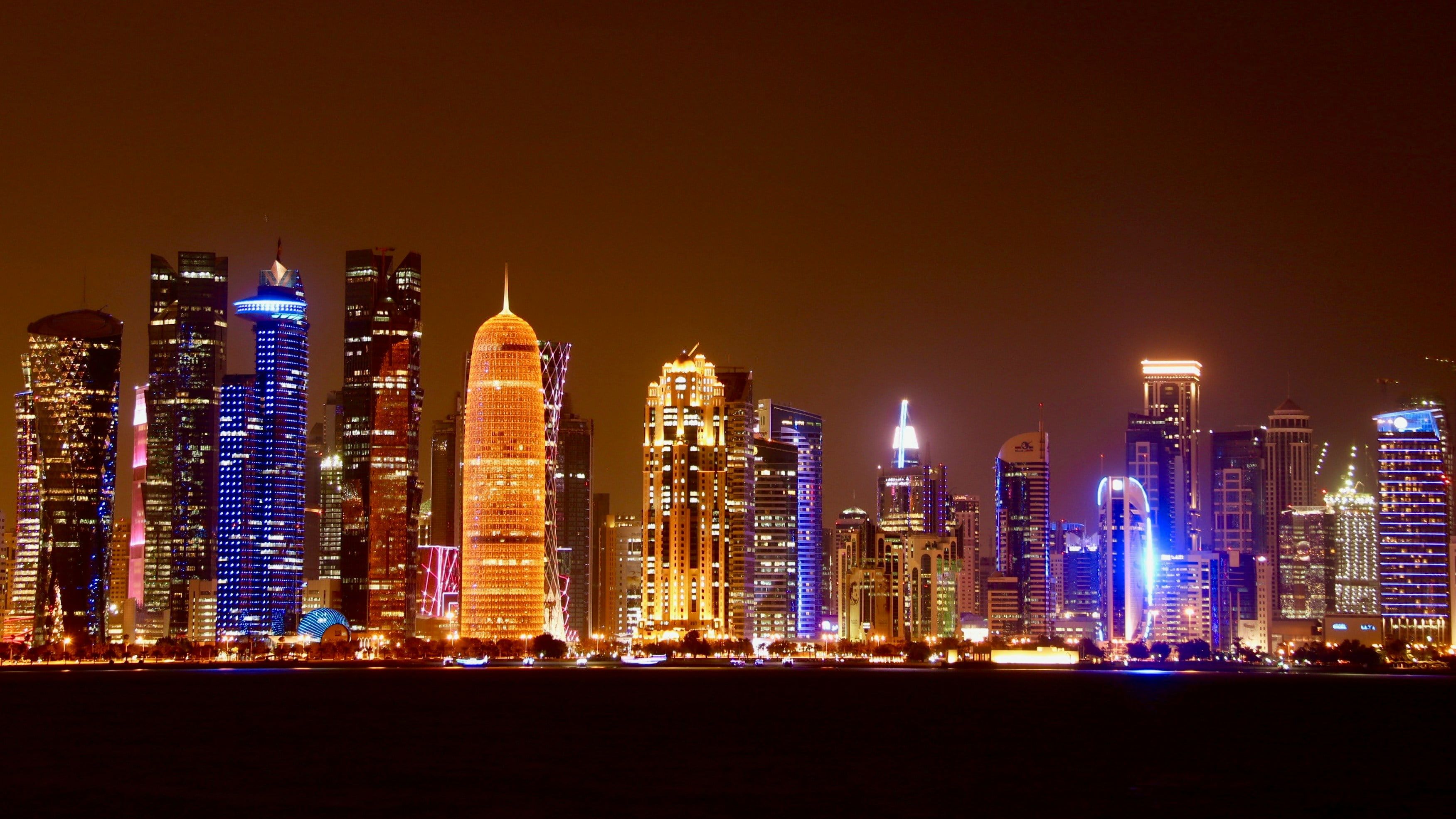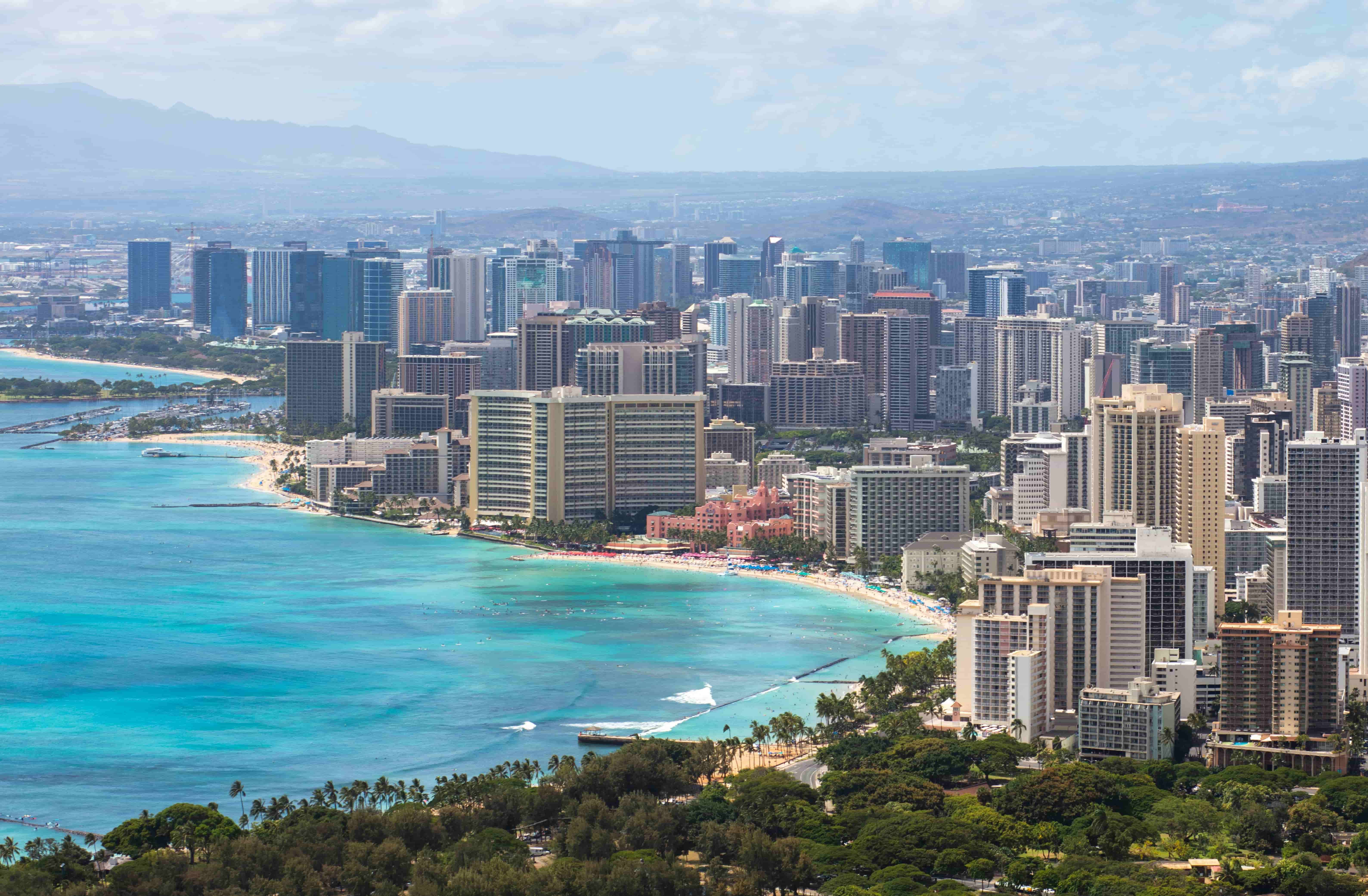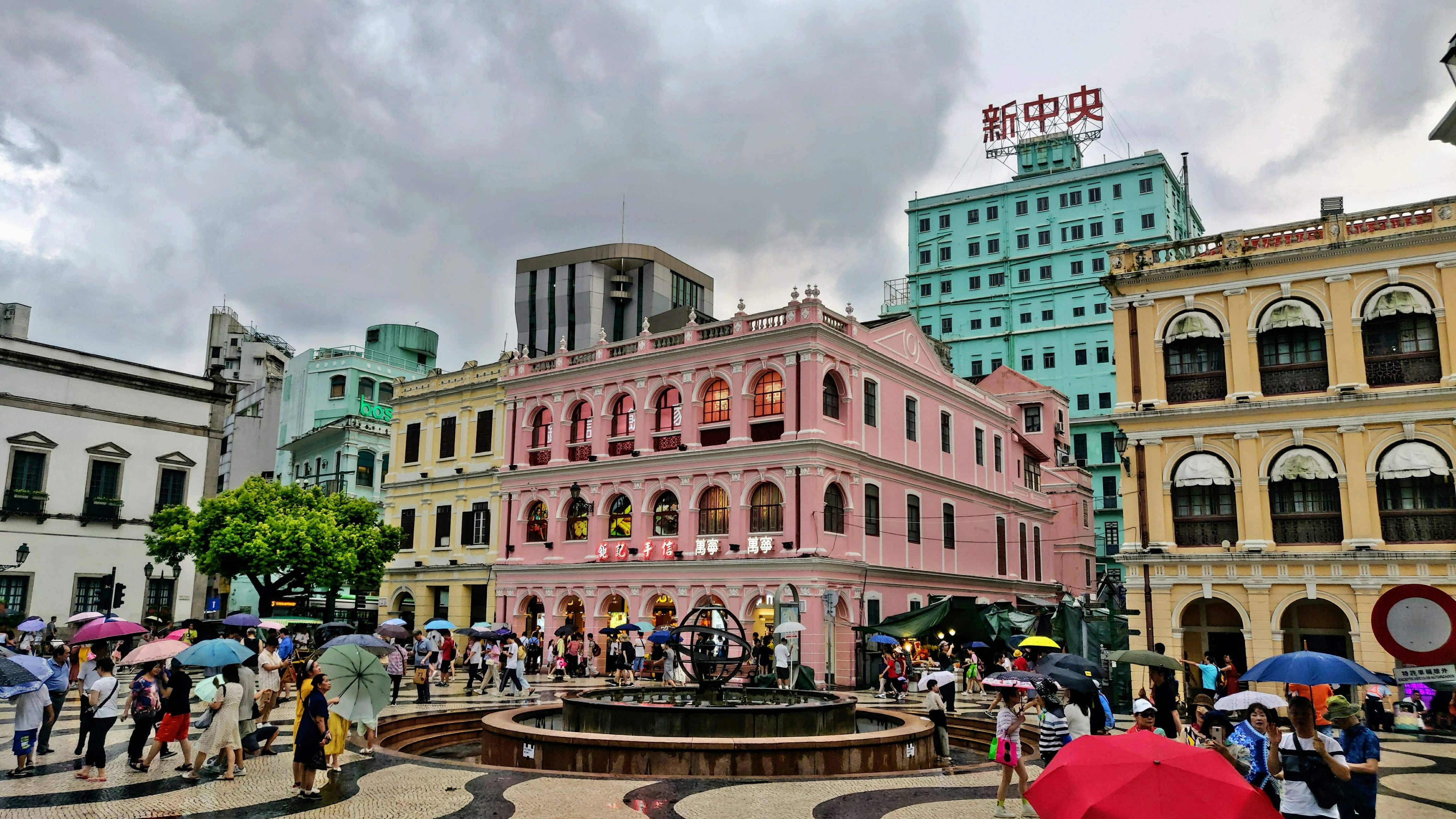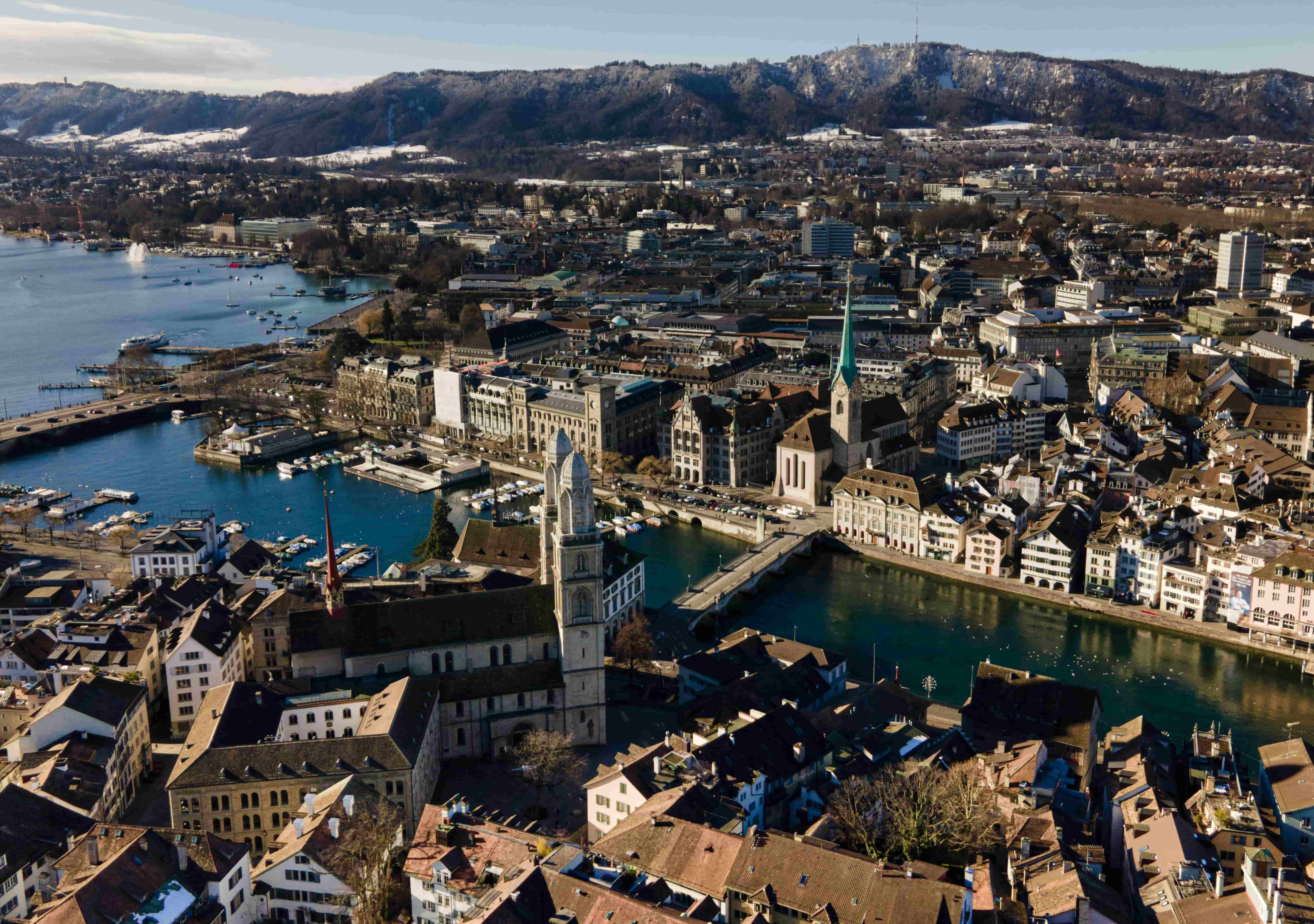International Inflation Rates
Global inflation has cooled from its post-pandemic peak, but for people moving to the world’s 50 most expensive countries and states – from Monaco, Hong Kong, Singapore and Switzerland to California, Hawaii, the Nordics, Australia, New Zealand and high-cost islands in the Caribbean and Pacific – the cost-of-living shock has essentially been locked in rather than reversed. Most of these locations now show low or moderate annual inflation, yet structurally high housing, imported goods, services and insurance costs keep everyday living far above global norms, while in a handful of more fragile markets (such as Sao Tome & Principe, Turkmenistan, Liberia and some African and island economies) higher and more volatile inflation further erodes local purchasing power. The result is that anyone relocating to these jurisdictions needs a substantial salary uplift simply to maintain their standard of living, particularly once rent, schooling and healthcare are factored in, and faces added currency risk when pay is set in a weaker “home” currency but expenses are in strong francs, dollars or Singapore dollars. For employers, this means headline inflation data are no longer enough: robust cost-of-living indices, housing benchmarks and explicit salary purchasing-power modelling are essential to design competitive packages, avoid painful real-income losses for mobile staff and sustain global mobility in what is now a structurally high-cost environment.


